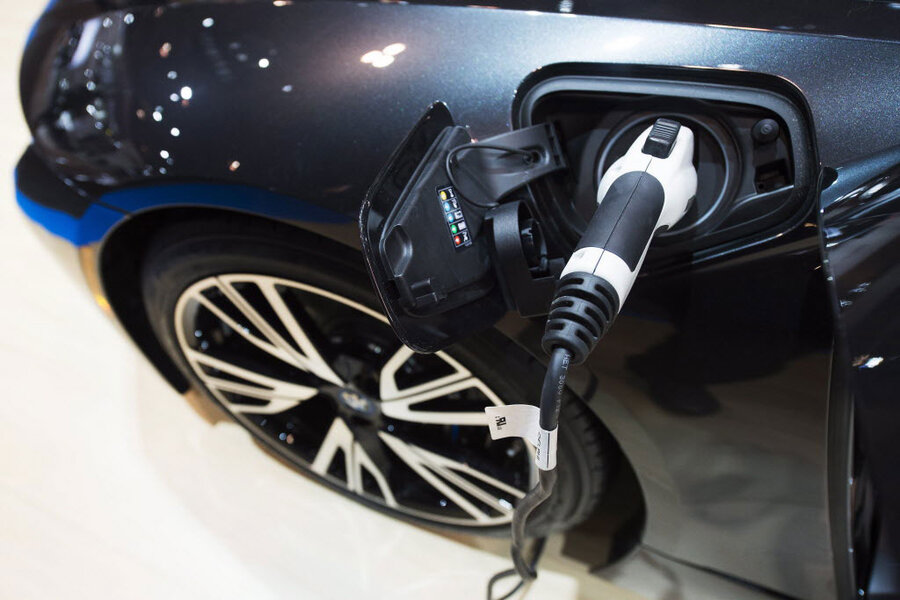Is there more to hybrid and electric cars than fuel-efficiency?
Loading...
After years of pushing environmental benefits and gas savings, automakers are now marketing hybrid and electric vehicles based on performance and speed, marking a shift in the alternative cars’ place in the market.
When mass-produced hybrid electric cars first hit the streets in the late 1990s, they didn’t make much of a splash. The unique design and capabilities of cars like the Toyota Prius or Honda Insight appealed to those looking to save money on gas or reduce their emissions, but sales were nowhere near traditionally-powered vehicles. While the hybrid trend eventually caught on, and carmakers developed alternative models of popular cars such as the Honda Civic and Ford Escape, hybrid marketing was still focused on fuel efficiency rather than power or form.
But now, electric and hybrid cars are seeing a redefined space in the auto world. It’s no longer about how far drivers can travel on a single tank of gas, it’s about how they do it.
“They've graduated out of the class of something that's a bit of an oddity to drive,” Mike O'Brien, Hyundai’s American vice president of corporate and product planning, told The Associated Press. “It's all about making these cars better.”
Hybrids, and electric vehicles from manufacturers like Tesla, are changing their image. The once boxy and plain Prius is now sleeker and sportier, with the car’s recent Super Bowl advertisement focused on the car’s quickness during a police chase rather than its mileage or environmental consciousness. And Tesla’s line of fully electric cars came onto the market beginning with its Roadster, a two-door sports car more in line with a Lotus Elise than a Civic.
Hybrid and electric carmakers are also adjusting the vehicles’ prices to better match the market. Hybrid versions of traditional cars usually sell for thousands of dollars extra, and manufacturers like Tesla have started their pricing at $60,000 to $70,000. This year, however, Tesla and General Motors will put electric vehicles on the market for as little as $30,000, with an additional tax benefit in the United States.
The gradual lowering of gas prices made the switch to more expensive, yet environmentally friendly, cars less desirable to consumers – especially as traditional vehicles’ mileage continued to improve. When gas averaged $3.50 per gallon in 2013, Americans only bought around 340,000 hybrid and electric cars. Last year, with gas dipping below $2 per gallon, only around 270,000 were sold in the US. Automakers recognized that if fuel efficiency wasn’t the draw it once was then cars’ performance would have to improve.
“It looks better. It drives better. People can have more fun behind the wheel, but it still has new technologies and safety in it, and it also gets the benefits of a hybrid,” Toyota’s US general manager Bill Fay said of the Prius, AP reports. The reimagining of the image of hybrid and electric vehicles has some consumers who made the switch ready to stick with the newer cars.
“It would be tough to go back to gas,” Indiana engineer Mick Roberts told AP. Mr. Roberts drives a hybrid Chevrolet Volt.
Material from The Associated Press was used in this report.






